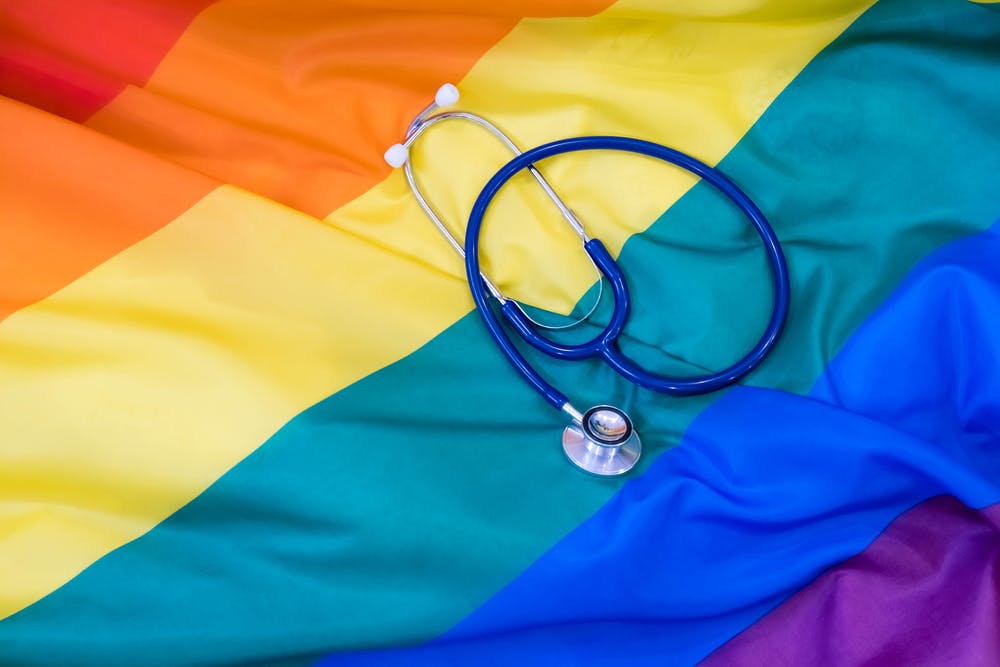Providing LGBTQIA+ healthcare does not need to be complicated. However, bringing a certain level of knowledge to the table can help OB/GYNs provide affirming, appropriate care for patients who are lesbian, gay, bisexual, transgender or otherwise part of the queer community.
- What are the key healthcare challenges faced by lesbian and bisexual patients? Gynecologists should be aware that lesbian and bisexual women have a higher risk of certain conditions, including cardiovascular disease, substance abuse and certain cancers. Pertinent to the OB/GYN, these patient populations require nuanced counseling on STI prevention and fertility care.
- Does coverage of IVF include same-sex couples? In France, coverage of assisted reproductive technology (ART) recently expanded to include same-sex couples and women under the country's national healthcare system. Previously, this was limited to heterosexual couples experiencing infertility. The move aligns with shifting attitudes toward fertility treatment worldwide — however, many countries lag behind in providing equitable fertility care.
- What is reciprocal IVF, and how can it help same-sex couples? Reciprocal IVF is becoming increasingly available for partners who both have a uterus or ovaries and want to share the process of reproduction. Each partner—such as a trans man, a cisgender woman or a nonbinary person—has an active role in both conception and pregnancy. Learn more about this approach and what it entails for your LGBTQIA+ patients.
- How can physicians ensure comfort when caring for transgender patients? Gynecologists play an important role in the lifelong care of transgender patients. It's important that physicians learn the key health risks transgender people face and provide sensitive care that ensures their comfort and minimizes gender dysphoria.
- What are trans patients' fertility preservation options? The decision to pursue fertility preservation is a very individual one for transmasculine patients. Trans men can have children in a variety of ways; even with medical transition, trans men can become pregnant. Some patients may wish to explore options such as ovarian tissue cryopreservation before embarking on a medical or surgical transition.
- What happens when your transmasculine patient has pain and spotting? Pain and spotting are cause for medical concern for any person who has a uterus and ovaries, including trans men. However, the cause may be different than spotting in cisgender women.
- Are all LGBTQIA+ patients young? OB/GYNs should be prepared to treat LGBTQIA+ patients of all ages, from adolescence through menopause. However, physicians who see younger patients, such as those who practice gynecology in a university setting, should aim to be especially attuned to the needs of Generation Z's growing LGBTQIA+ population.
- How can physicians provide trauma-informed pelvic exams for LGBTQIA+ patients? Around half of transgender women and more than half of bisexual women experience sexual violence in their lifetimes, according to the Human Rights Campaign. Patients who have experienced sexual abuse or violence may avoid gynecological care because of this trauma; gynecologists should determine if a pelvic exam is really warranted in these cases and strive to provide trauma-informed care.
- How can gynecologists provide quality patient care for diverse populations? Providing patient care today means serving a diverse population of patients. Providing welcoming, respectful, comfortable LGBTQIA+ healthcare is part of any OB/GYN's practice, particularly as the number of openly transgender and nonbinary patients increases.


